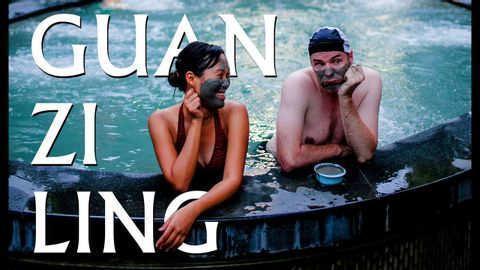旅遊英文:關子嶺泡湯小旅行 (1 Day in the hot-spring town of Guanziling) (1 Day in the hot-spring town of Guanziling)
Ashley Chen 發佈於 2014 年 08 月 29 日  沒有此條件下的單字
沒有此條件下的單字- v.t.地點;安置,放置;排名;下訂單;辨認出
- n. (c./u.)位置;位置;處境;城鎮
- n.呼喚;召喚;叫聲;判定;判決;拜訪;短時間逗留;(裁判的)判決
- v.t./i.罷工;拜訪某人;拜訪某地;打電話;叫喊;大叫;大喊
- v.i.叫喊;呼叫
- v.t.舉行選舉;召集會議;判決;稱為;叫作;判定
- v.t./i.顯眼;容易看到(或注意到);表達;表現;顯示,展示;(透過演示、示範)解釋;說明;給...帶路;帶領;證明(某事);給...看
- n.出洋相;展覽;表演,展出;演出;節目
US /ˈwɔtɚ, ˈwɑtɚ/
・
UK /'wɔ:tə(r)/
- n. (u.)水;水域
- v.i.流淚;(嘴)想到好吃的食物而濕潤
- v.t.澆水

